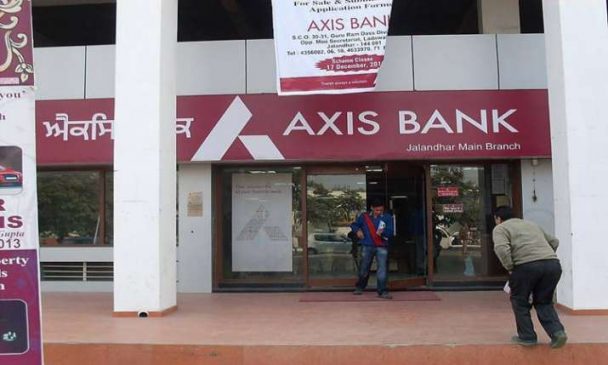Axis Bank is looking to increase its penetration in the rural and semi-urban markets by adding 75-80 new branches in the current financial year, through its Bharat banking division. Axis Bank currently has 43% of its total 4,758 branches in these geographies. In comparison, ICICI Bank and HDFC Bank have 52% and 50% of its total branches in those geographies, respectively.
IndusInd Bank has 44% while Kotak Mahindra Bank has mere 34% branches in rural and semi urban locations.
Read More: BharatPe sees fresh resignations at top level as CTO, CPO move on
ICICI Bank had started increasing its branches in the rural and semi-urban locations even before the pandemic, as the lender added 134 branches in such areas in FY20, totalling 1,126. The pace of increase in the bank’s branches was somewhat slower during the pandemic, but it increased to 1,251 as of September 30. Of the total 6,499 branches, HDFC Bank has 50% of its branches in remote areas and it plans to add another 1,064 branches in FY23. The bank, in May, started a rural banking division to improve its operations in rural areas.
Axis Bank is planning to increase its market share in terms of credit and deposits in the rural and semi-urban areas, led by a low-cost distribution model, relying on improving the digital capabilities. The move comes on the back of the strong growth witnessed by the bank from the rural and semi-urban areas. The lender saw a 44% year-on-year growth in the gross book of rural centric products in H1FY23, led by microfinance, retail, farm & equipment finance and business and gold loans.
Read More: Good news! US opens up more appointment slots for visa applicants in B1/B2 category
“RUSU (rural and semi-urban) markets are an important growth area for us and we see significant opportunity to gain market share in these regions while driving higher profitability,” Amitabh Chaudhary, MD & CEO of the bank had said in an analyst call earlier.
In addition to MSME sector, which comprises of 20% of the total loan book, Axis Bank is also focusing on rural banking where the bank sees good potential to scale up liabilities and assets, analysts at Macquire Research said in a report. The market share of private sector banks, in terms of credit, in the rural and semi urban areas has increased by 540 basis points (bps) to 24.1% between 2018-2022. The share of deposits has increased 420 bps during the same period to 17.8%, the bank said in a presentation. The banking sector total credit outstanding stood at Rs 128.9 trillion as of fortnight ended November 4 while deposits stood at Rs 173.7 trillion.
The bank is looking to grow its priority sector lending through organic growth instead of acquiring through priority sector loan certificates, Munish Sharda, head of rural banking division had said earlier. Many private sector lenders are lagging in organic growth in rural lending and have to rely on PSLCs to meet their targets, according to a ICICI Securities report. Although private banks are achieving overall priority sector lending target by purchases from small finance banks and regional rural banks, there is a shortfall in lending to small and marginal farmers and non-corporate individual farmers, the brokerage said.



































